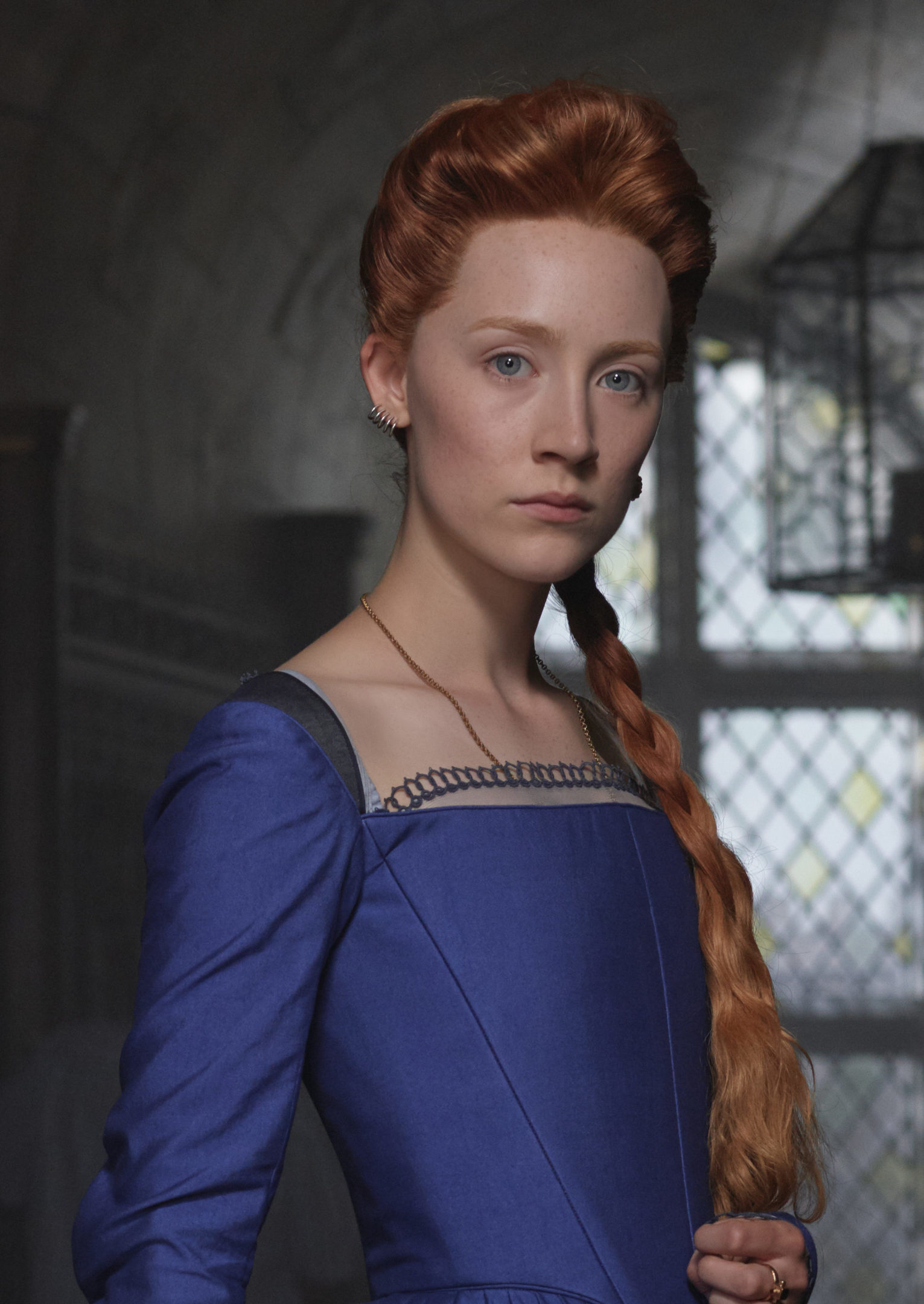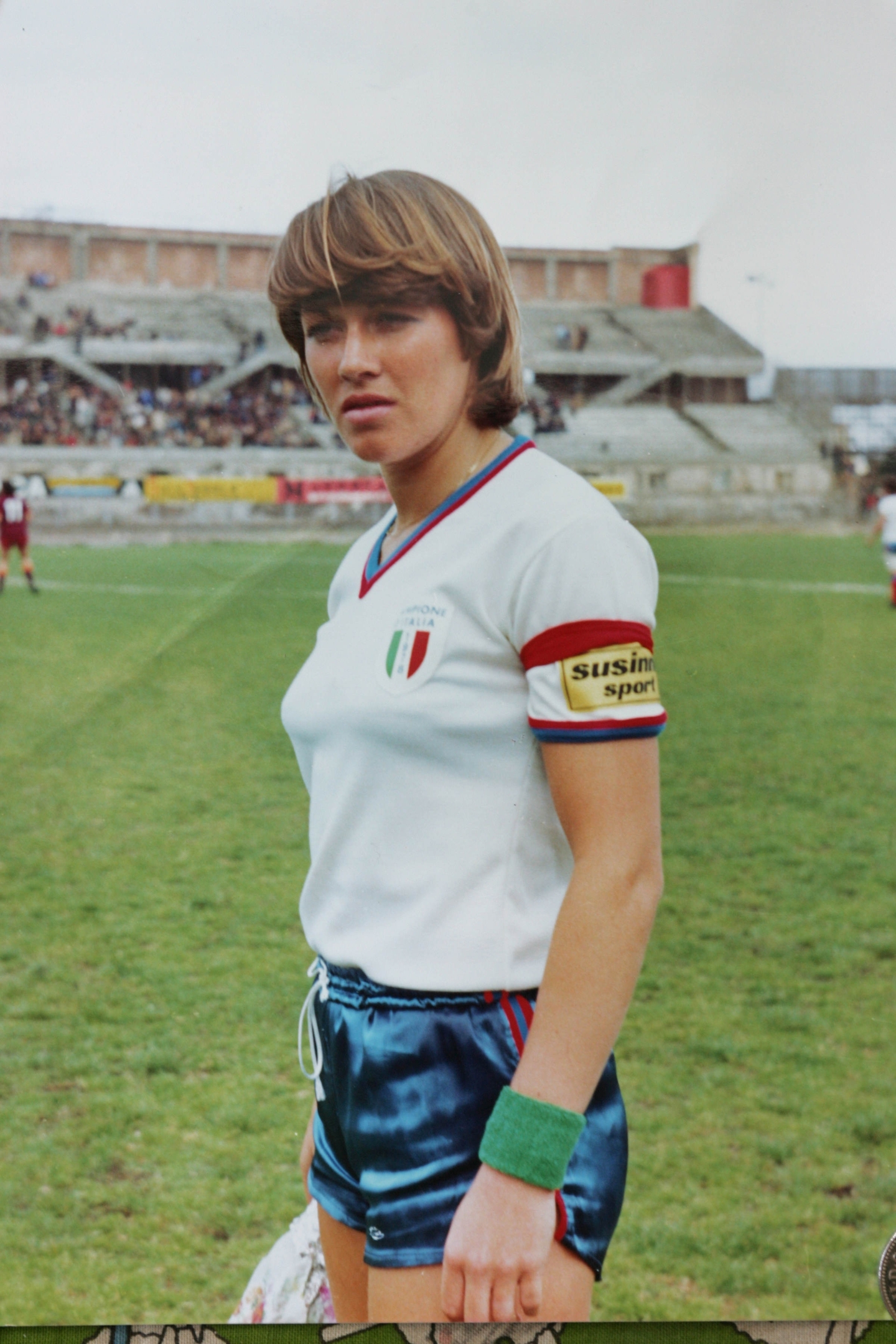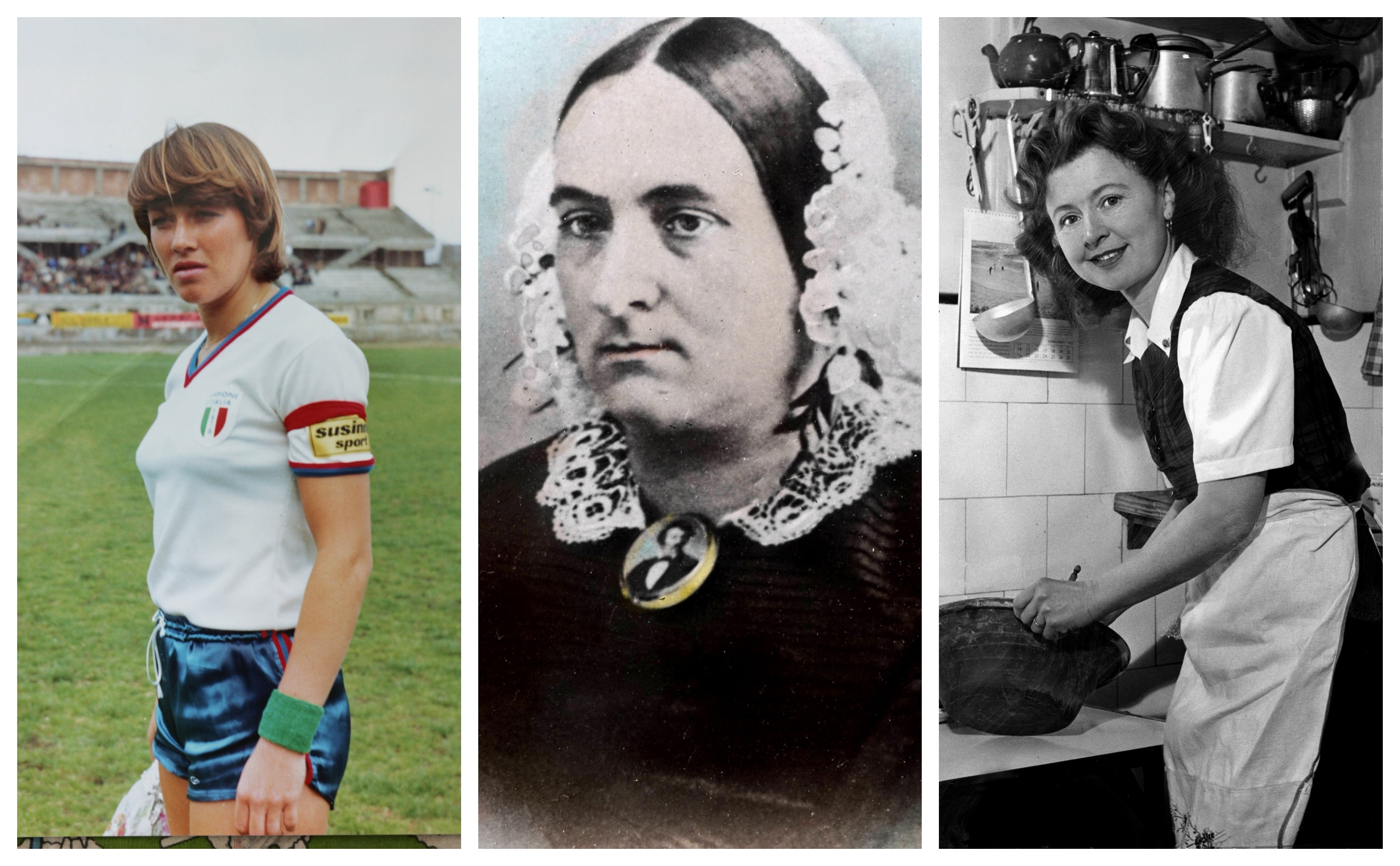
HISTORY is written not only by the victors but, more often than not, it seems, by the men.
While researching for the bestselling Scotland: The Autobiography more than a decade ago, editor Rosemary Goring found so many of our nation’s historical moments were recorded by males and few had a female perspective.
She set about rectifying that by trawling the archives for women’s takes on both major events and everyday life down through the centuries, which she has now gathered in Scotland: Her Story.
“There seemed to be so little on the experiences of women who played big parts in events often seen as male-orientated,” said Rosemary.
“Often we don’t get their perspective in the women’s own words. It is really only when we reach Mary, Queen of Scots that we get to hear it in her own words.”
Spending a year on the project, Rosemary called on government reports, court and kirk records, diaries and memoirs, and eyewitness accounts to bring the other half of history to life.
The historical sweep runs from Ebba of Coldingham, who cut off her nose and lip to preserve her chastity in the face of Viking marauders, through to Nicola Sturgeon as First Minister, with little-known moments like the housewives who protested the introduction of the Book of Common Prayer and the coal-mining women of Ormiston.
Rosemary said the #MeToo movement was gathering pace as she researched the book, but insists it didn’t inform the content.
She added: “I definitely saw a change as the years moved on, from an age of deference from women who were able to write about it, to a change from conventional and guarded attitudes to modern ones saying what had previously not been said.
“There are far more unknown names in the book than known, because I’m much more interested in everyday life.”
Here, we shine a light on some of the women who left their mark on our history.
Scotland: Her Story is out tomorrow from Birlinn
Mary Queen of Scots
The short but turbulent 44-year life of Mary, Queen of Scots ended, after 19 years of imprisonment, on February 8, 1587. She was beheaded after being accused of plotting to kill Queen Elizabeth. Eye-witness Robert Wingfield reported the execution, which took two strokes of the axe, and the horrific aftermath. “Her face in a moment by so much altered from the form she had when she was alive, as few could remember her by her dead face. Her lips stirred up and down for a quarter of an hour after her head was cut off…
“The Earl of Kent came to the dead body and standing over it said with a loud voice, ‘Such an end to all the Queen’s and the Gospel enemies’.
“Then one of the executioners, pulling off her garters, espied her little dog, which was crept under her clothes, which could not be got forth by force, yet afterwards would not depart with the dead corpse, but came and lay between her head and her shoulders”.
Jane Welsh Carlyle
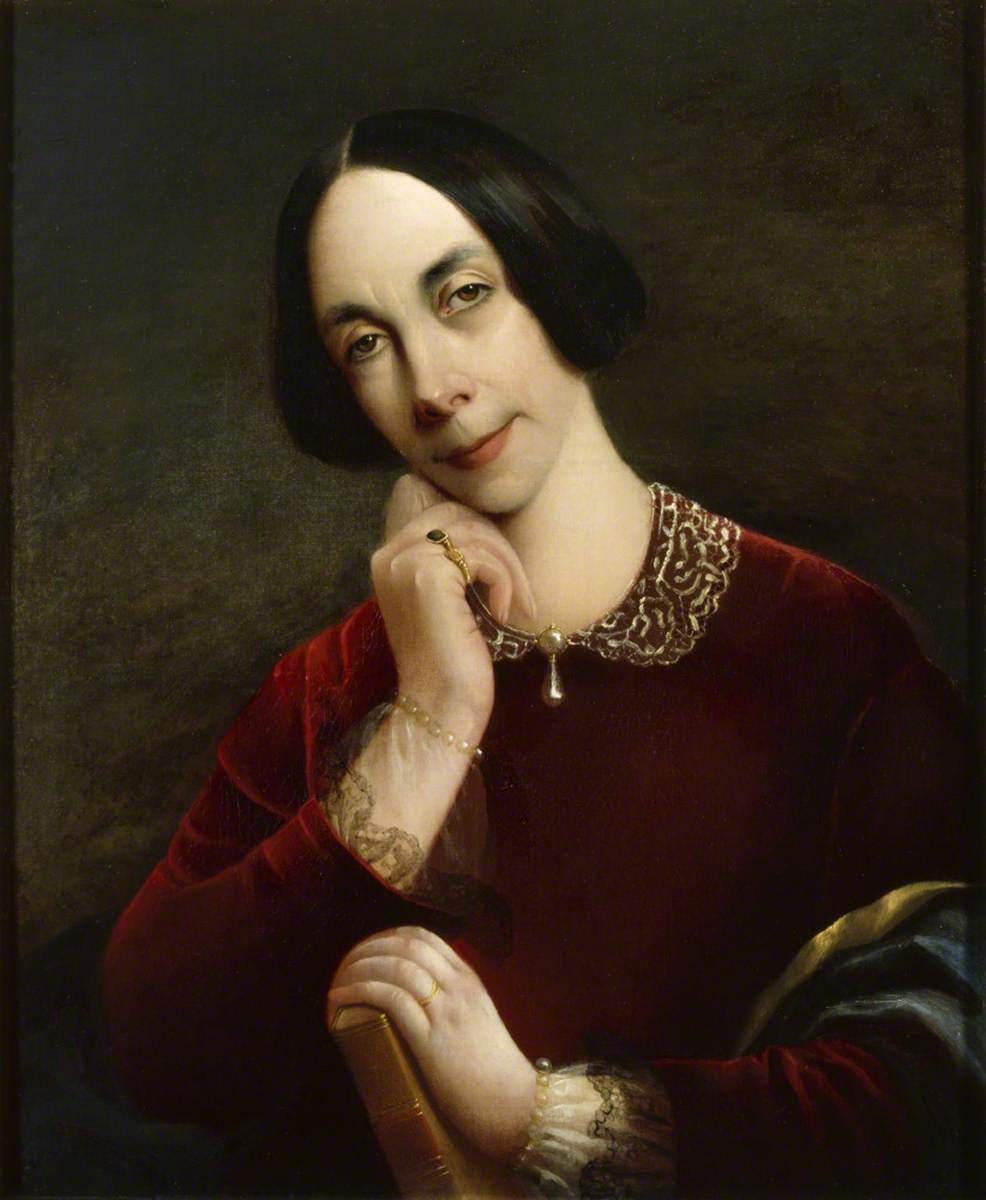
Alcoholism has long cast a shadow over Scotland and in this letter to her mother-in-law in 1840, one of Victorian Scotland’s finest writers – and wife of historian Thomas Carlyle – Jane Welsh Carlyle, describes her feelings after discovering her help had a serious drink problem.
“On the Sunday night I called her up to pay her wages and to inquire into her future prospects. Her future prospects! It was enough to break anybody’s heart to hear how she talked of them.
“It was all over for her on this earth, plainly, if I drove her away from me who alone have any influence with her. Beside me she would struggle – away from me she saw no possibility of resisting what she had come to regard as her Fate.
“You may guess the sequel – I forgave her a third time, and a last time…”
Rose Reilly
Ayrshire-born Rose Reilly played football before the women’s game was fashionable. After moving to Italy to play for AC Milan, she was picked for the Italian national team and is the only Scottish footballer to have won the World Cup.
“I nearly got burned at the stake,” she said in 1984 of the reaction in 1950s Ayrshire on discovering a girl who would not substitute a ball with a doll or a football strip for a blouse.
“I remember as a kid I had this Stanley Matthews book and I would follow every instruction in it.
“I used to tell my mum that I had to have steak, too. She would just reply that I would have mince and tatties once a week and get on with it.
“I am so proud there is a (women’s) league in Scotland and of the success of the national team. That is great.
“It is a big, beautiful, blossoming tree but there are no strong roots. If a tree has not got roots it can wither. Get them young, get them interested and take it from there.”
Nicola Sturgeon
In a revealing profile of the First Minister, Holyrood editor and Sunday Post columnist Mandy Rhodes tackled the challenges still facing women, particularly balancing the need to protect their private life with the demands of a high-profile public role.
She revealed how Nicola Sturgeon had spoken of the heartbreak of miscarrying after years of speculation that her decision not to have children was deliberate.
Mandy said: “It is important because it says something about the pressures on and the conjectures made about women in leadership positions. Crucially, it also says something about the impact that all of that scrutiny and speculation has had on her and how she manages it…
“In accepting the role of First Minister, Sturgeon, a working-class woman from Ayrshire, referred to her eight-year-old niece, Harriet, and said she hoped her appointment sent a strong message. ‘If you are good enough and if you work hard enough,’ she said, ‘No glass celiing should ever stop you from achieving your dreams’.”
Naomi Mitchison
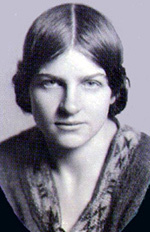
Novelist Naomi Mitchison was part of the Second World War’s Mass Observation project, when diaries of life on the home front were scrupulously kept. There was one event she would rather not have had to record, when her baby died shortly after birth.
“The silly thing is, I realise perfectly that much worse things are happening at this moment to thousands of people, but one cannot generalise as simply as that.
“I at least cannot change pain into love. And all the little things hurt, hurt, hurt, and there is nothing to be done. Nor is to fair to speak about them to others; nor indeed, would the others understand one’s minding so much. But she was part of me, and wanted, all these months, and warm, and one said what a nuisance, but lovingly, and now the whole thing is needed: the love has no object.
“I had dreamt so often of the sweet warmth and weight of a baby at my breasts and now my bound breasts ache. If I get at all drowsy I begin to expect someone to bring the baby in, and that’s hell. One has to keep awake.”
Mary Moffat
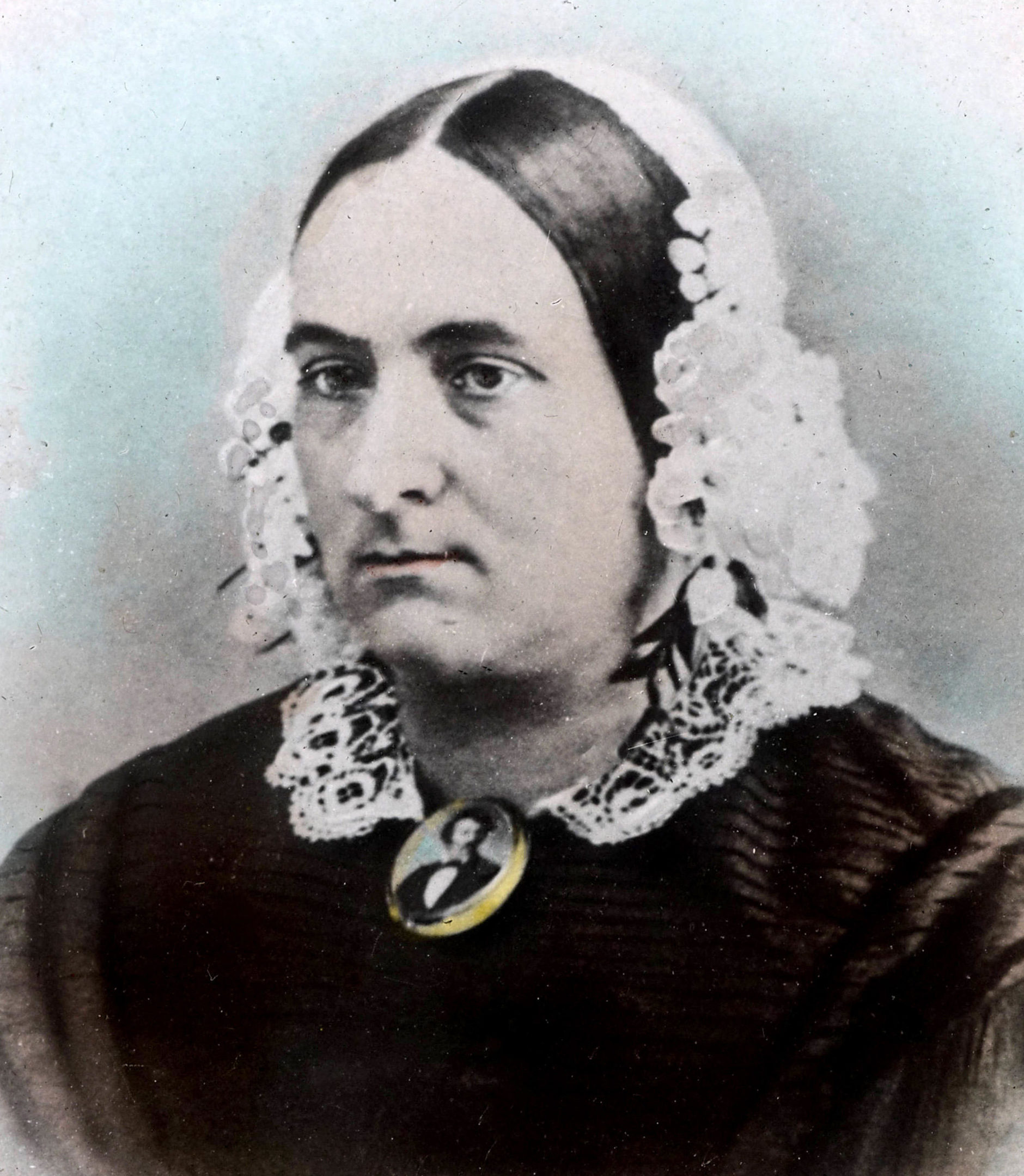
Mary Moffat, the mother of Mary Livingstone, was as full of Christian zeal as her son-in-law – and soon-to-be world famous explorer – David Livingstone. But she disapproved of the relationship and when she felt his exploring work was taking over his other priorities, she tried to put her foot down in a letter in 1851.
“Was it not enough that you lost one lovely babe, and scarcely saved the others, while the mother came home threatened with paralysis? And will you again expose her and them in those sickly regions in an exploring expedition?
“A pregnant woman with three little children trailing about with a company of the other sex, through the wilds of Africa, among savage men and beasts!
“Had you found a place to which you wished to go and commence missionary operations, the case would be altered. Not one word would I say, were it to the mountains of the moon. But to go with an exploring party, the thing is preposterous.”
Molly Weir
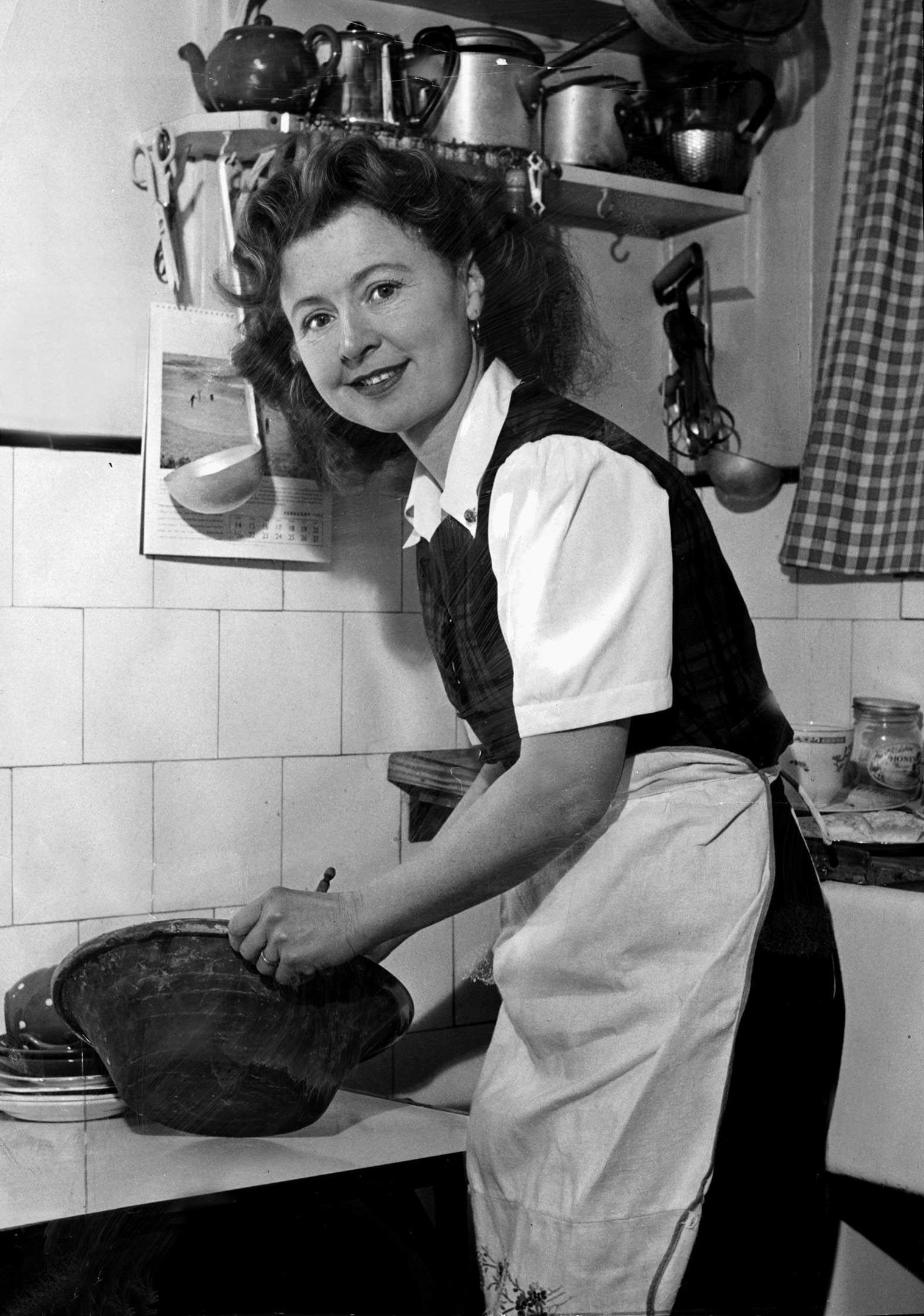
When much-loved actress Molly Weir was a child in the early 1920s, she would watch in awe at the wash-house being used at night and wished to be part of the action.
“My mother tut-tutted over this, for she felt washings ought properly to be done during the day.
“Grannie would purse her lips and shake her head at the thought of pulleys in the kitchen, laden with steaming clothes, flapping in folks’ faces. ‘I don’t like a house fu’ o’ wet cloots,’ she’d say. ‘It canna be good for thae lassies efter being oot at their work a’ day.’
“Far from sharing my mother’s condemnation of the night washers, I used passionately to hope I could coax her to become one of them.
“There was a theatrical air about the whole scene which made a great appeal to me.”
Duchess of Dunbar
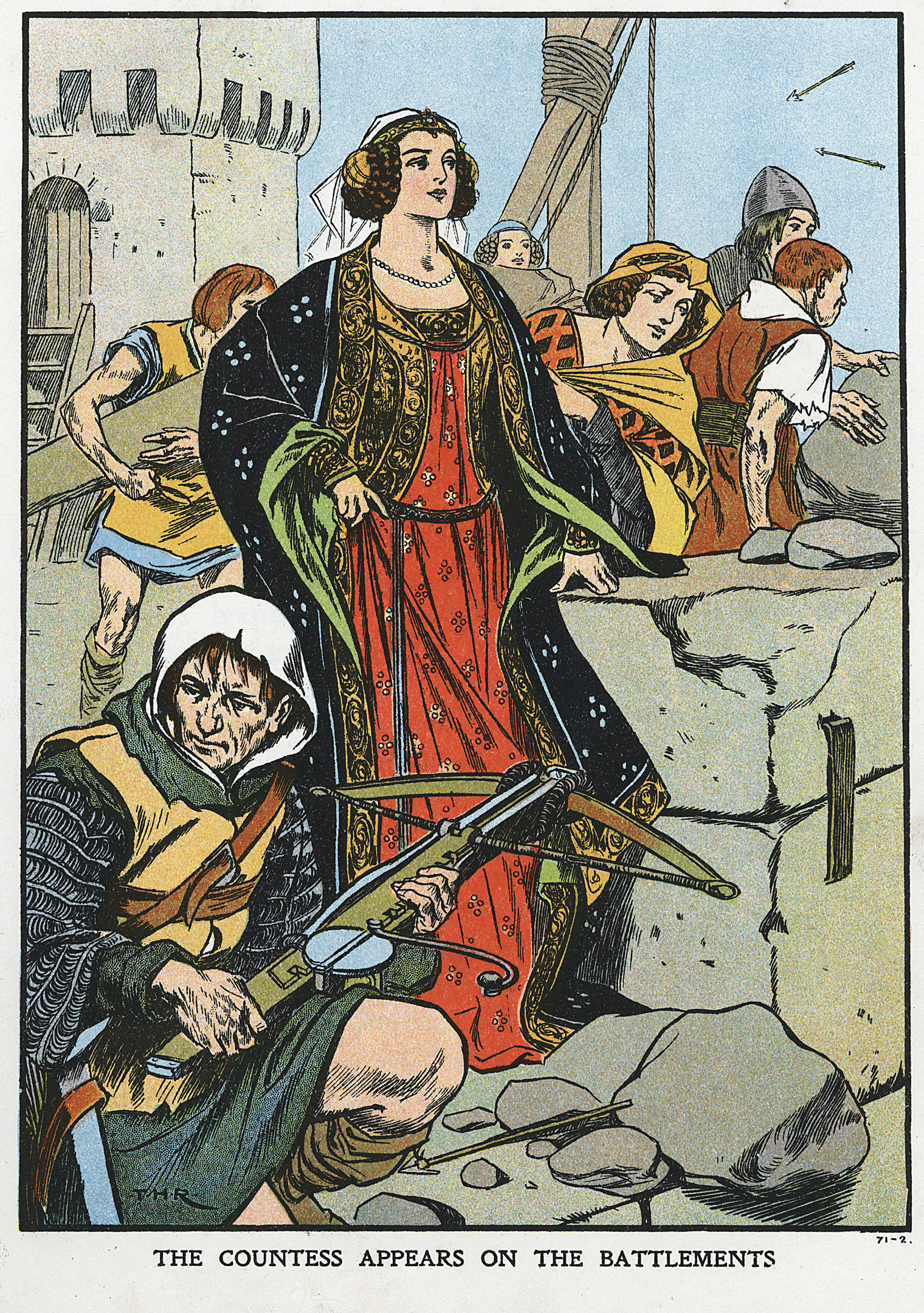
Agnes, Duchess of Dunbar and March, was alone in Dunbar Castle in January 1338 with her servants and guards when the English attacked. This raid, under the command of William Montagu, the 1st Earl of Salisbury, was intended to help take the throne from David Bruce on behalf of Edward Balliol. Instead they were thwarted by a woman who appears to have had no fear.
Wishing to attack the castle more powerfully, the Earl of Salisbury had constructed a certain engine called a Sow, and brought it up the walls of Dunbar Castle. Which, when Black Agnes saw it, she said to the Earl Montagu, “Montagu, for all the power that thou may, ere long time pass, I shall gar they Sow farrow against her will.”
And with that, she made a very large “engine” in the Castle, flinging huge stones, which flying night and day from the walls, shattered the said Sow and almost all who were within it; breaking the heads of many, and forcing them to give up the attack. She also captured the siege gear with their engines and provisions.

Enjoy the convenience of having The Sunday Post delivered as a digital ePaper straight to your smartphone, tablet or computer.
Subscribe for only £5.49 a month and enjoy all the benefits of the printed paper as a digital replica.
Subscribe
